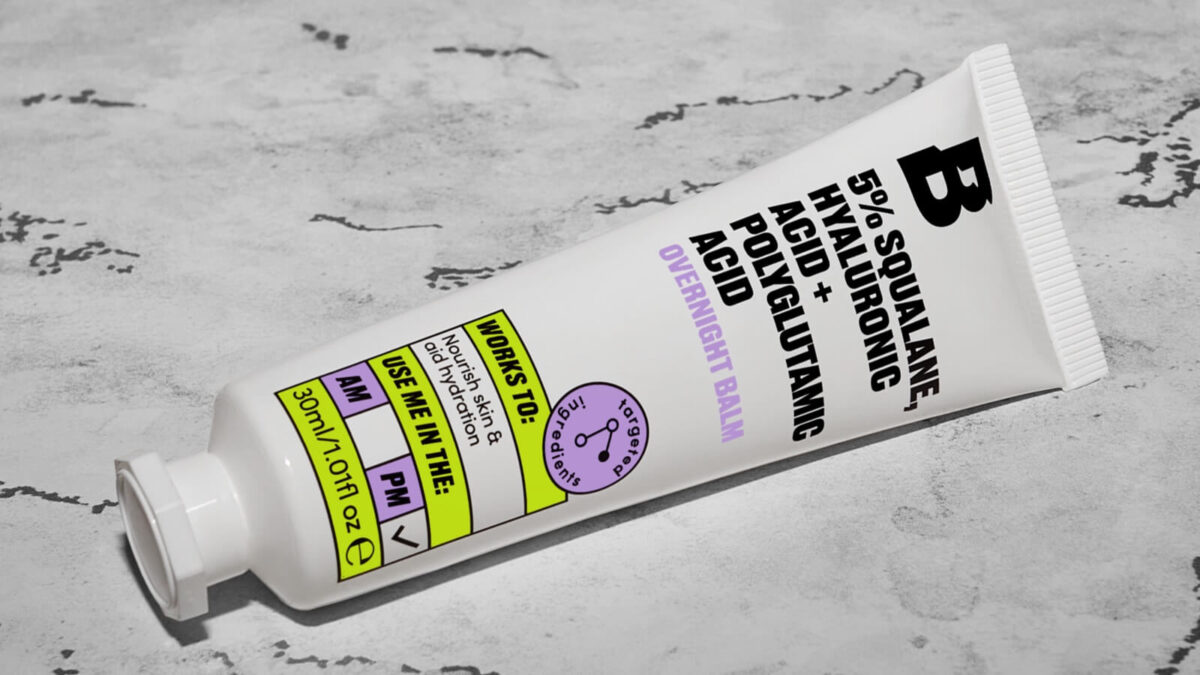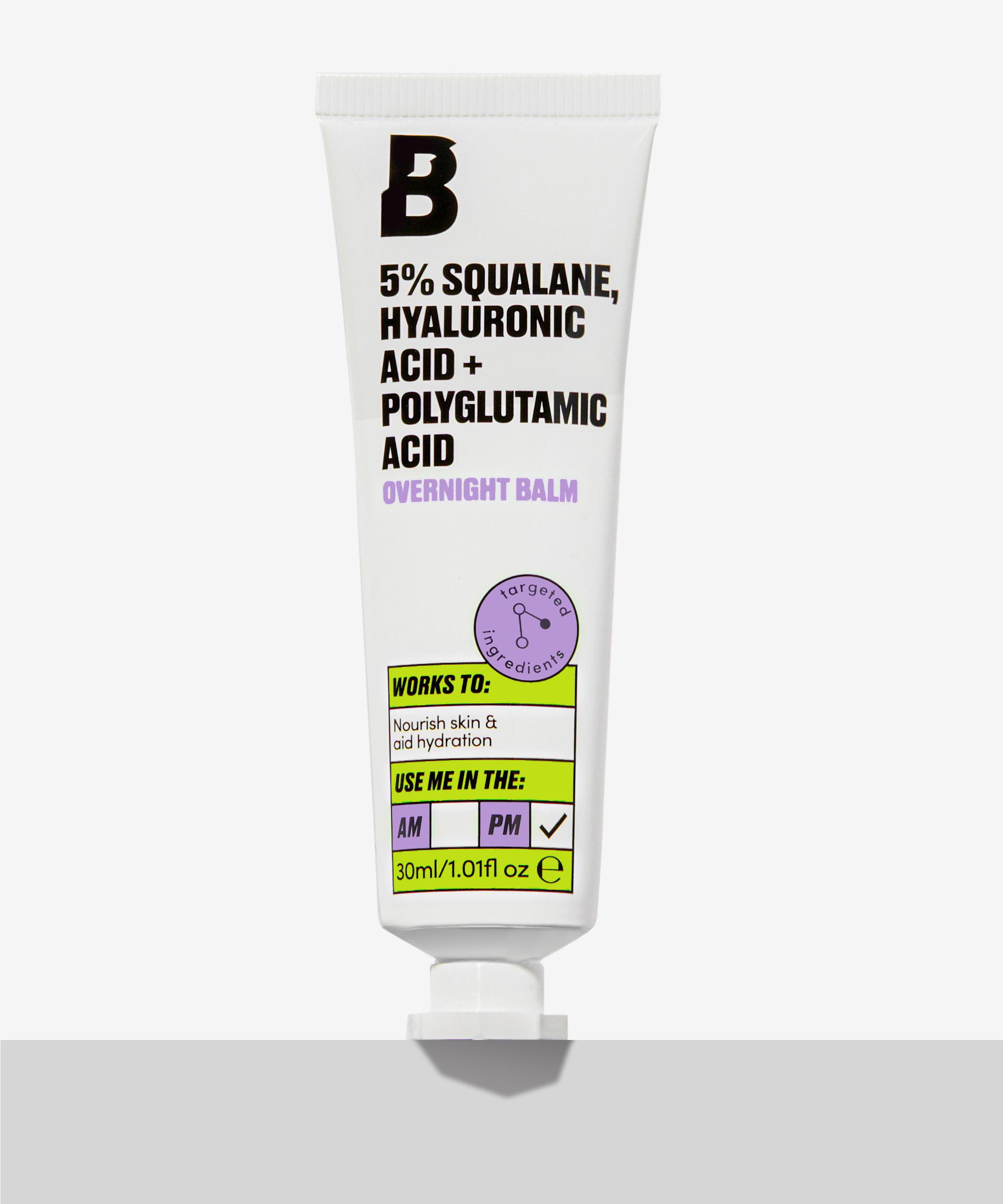If you’re a K-beauty fan or spend your hours scrolling through skincare content on TikTok or Reddit then you may already be familiar with slugging, the term used to describe sealing in your skincare with an occlusive balm, often petrolatum-based, overnight. Yes, it’s a whole new step in your skincare routine, but slugging has major benefits for the skin barrier and has been recommended by dermatologists for years. If you’re wondering how slugging works, if it will benefit you, or what to use, then scroll down. We’ve got all the answers.
What is slugging?
The term “slugging” comes from the effect that the technique has upon your skin – coating your face in a thick balm results in it looking dewy and shiny, kind of like a slug!
How does slugging work?
Slugging is essentially coating your face in a really thick moisturiser in order to create a barrier (this type of product is known as an occlusive). The skin has its own natural barrier which helps to prevent moisture loss (which leads to dryness and dehydration), keeps bacteria out, and helps damaged skin to heal. However, everything from the weather to our environment, our cleansing habits, and the products we use, can damage this barrier.
What are the benefits of slugging?
If you suspect your natural skin barrier is damaged or if you’re experiencing irritation after using a retinoid or acid-based product, then slugging will help to repair any damage by creating an environment for skin to heal and sealing in moisture to boost hydration levels. You don’t have to do it all over your face either – if you have patches of dryness or tend to get dryness in thin-skinned areas like your lips or eyelids then you can target them specifically.
Is slugging suitable for all skin types?
If your skin is prone to dryness or dehydration (telltale signs include skin feeling tight or itchy, rough patches, and makeup flaking off after application), then slugging is for you. If you have oily skin however, or are prone to breakouts, you may want to be more cautious. While slugging can’t clog pores (the molecules in occlusive products are too big to enter pores), it can prevent oils from being able to leave your pores, which can potentially lead to breakouts. Try using a rich cream with ingredients like ceramides, oat lipids, and omegas, to get the same effect without the risk.
How do you slug?
Rather than apply your occlusive balm straight to your skin, it’s important to be tactful and focus on layering hydrating products beneath it. After you’ve cleansed your skin, start by applying a toner or face mist. While your skin is still damp, apply a hydrating serum (look for ingredients like hyaluronic acid and glycerin). Again, while your skin is damp, apply your moisturiser (bonus points for barrier-repairing ingredients like ceramides and niacinamide). Finally, once your moisturiser is almost absorbed, take a small amount of your occlusive balm and apply it to your face (or target the areas that need it most). In the morning, double cleanse your skin to ensure all traces of the balm are removed.
What should you use for slugging?
If you’re ready to try slugging, check out the new By BEAUTY BAY 5% Squalane, Hyaluronic Acid + Polyglutamic Acid Overnight Balm. Formulated with hyaluronic acid, polyglutamic acid, and squalane, it helps both to prevent moisture loss, but also to add moisture into the skin. What’s more, this balm is especially great for oily or acne-prone skin types, since rather than petrolatum, it uses squalane, and oil-like substance which is non-comedogenic and similar in formulation to the skin’s natural oils.
FYI: This article was previously published at an earlier date and has since been updated.


